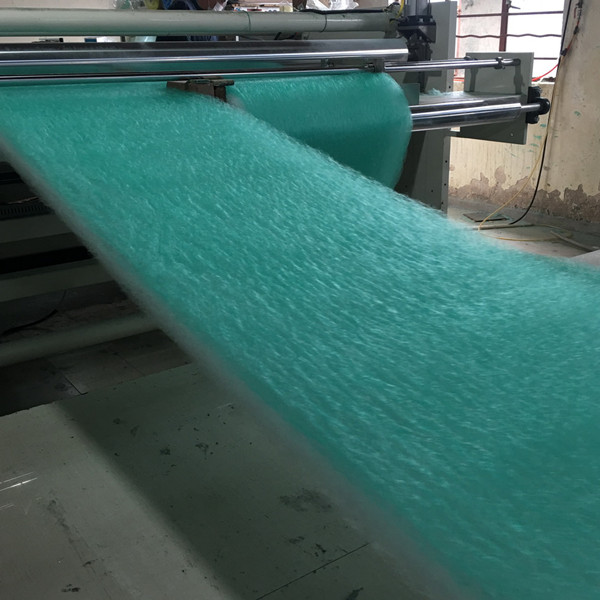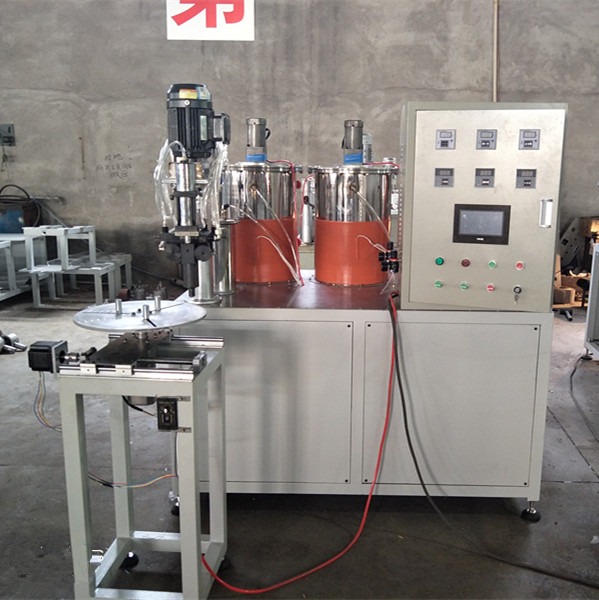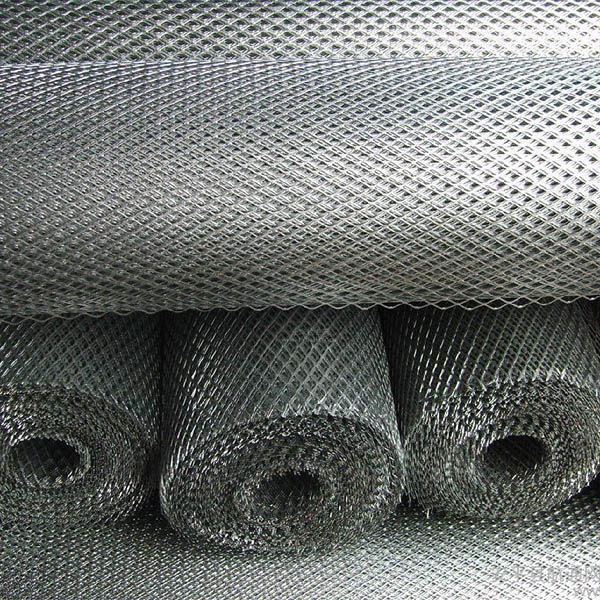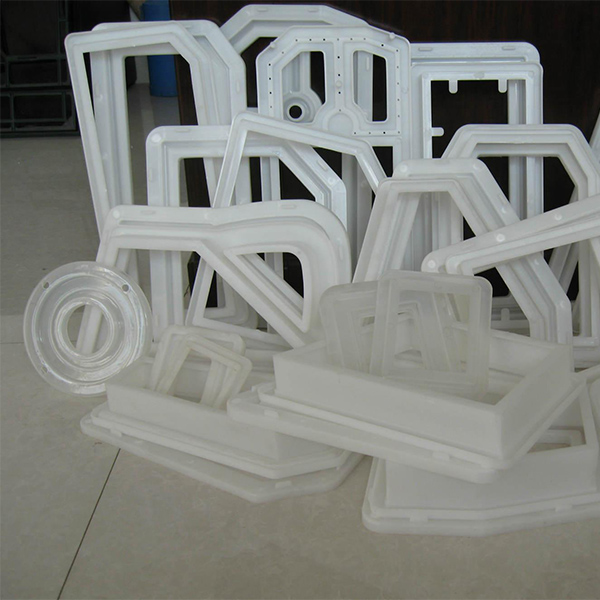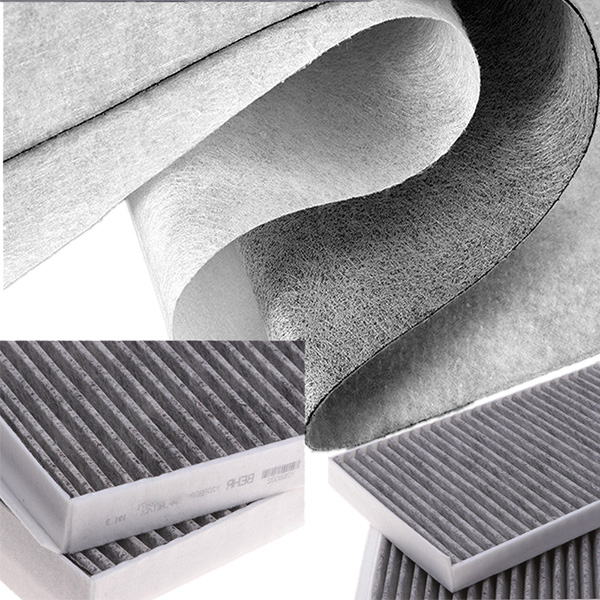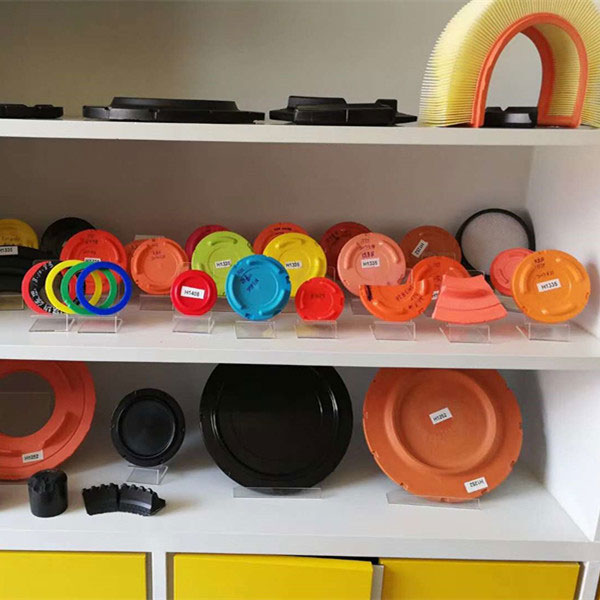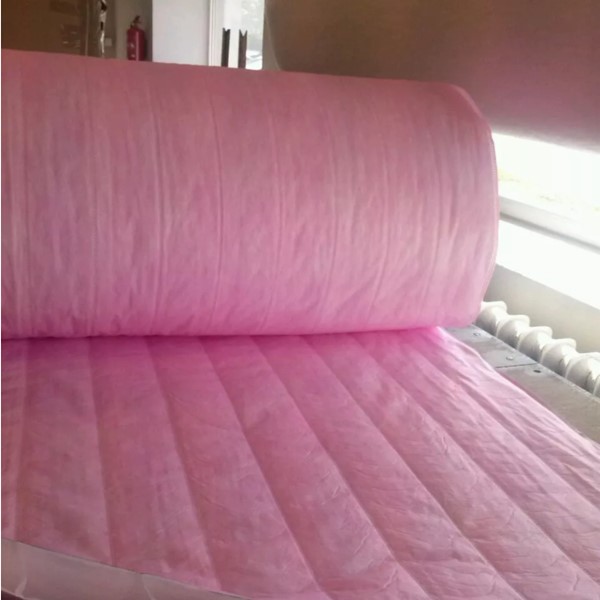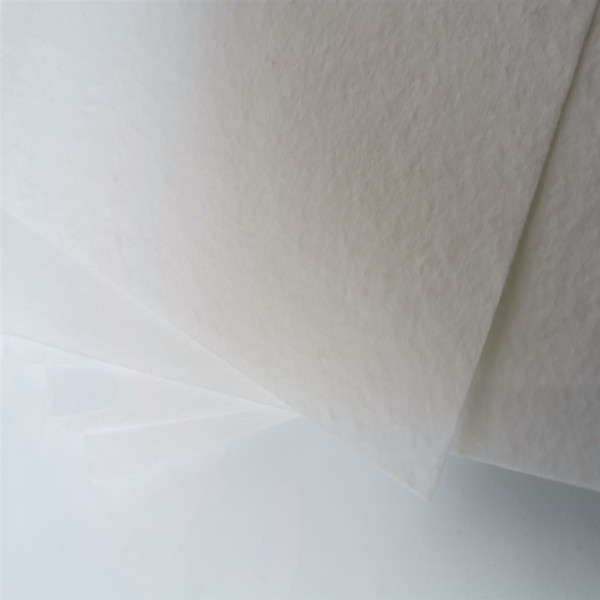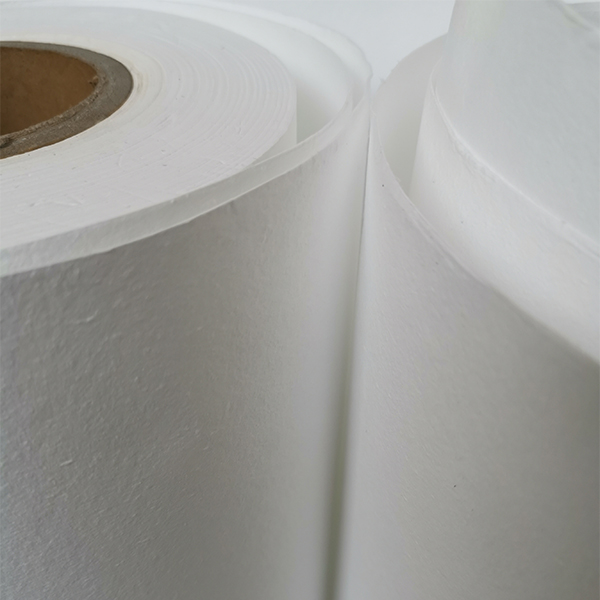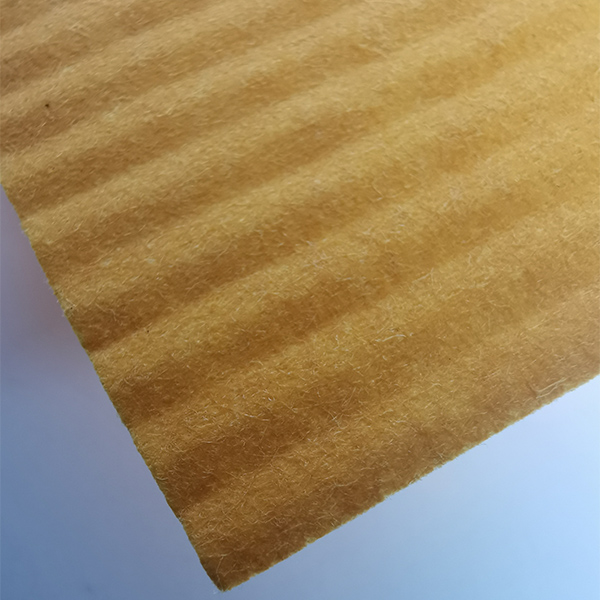Inside the world of media that keeps engines alive
If you’ve ever cut open a filter after a tough season, you know the hero isn’t the can—it’s the media. That’s why I’ve been watching fuel filter paper trends closely, especially as fleets shift to ultra-clean diesel, E10–E20 gasoline, and B-blends. To be honest, the bar is rising fast: higher efficiency at smaller microns, better water separation, and fewer pleat failures under pulsation.
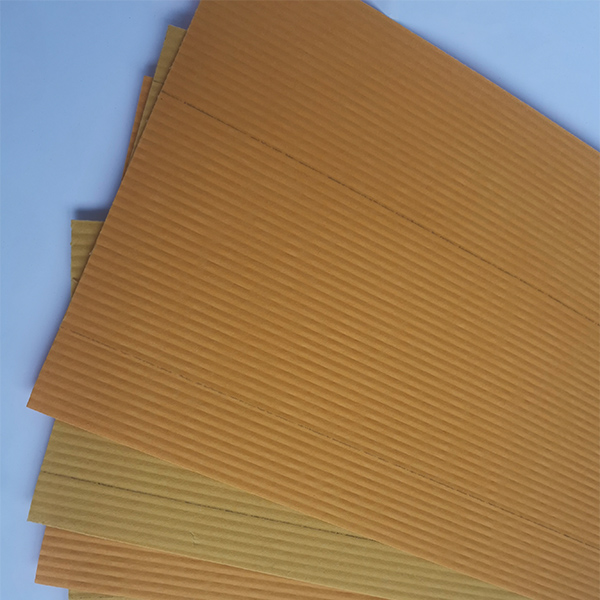
What’s hot right now
Across OEM and aftermarket, composite fuel filter paper (cellulose blended with melt‑blown microfibers) is quietly replacing pure cellulose in high-pressure systems. Many customers say they’re seeing longer service intervals with acrylic‑resin formulations that resist swelling in biodiesel and today’s additive packages.
Key technical specs (real-world oriented)
| Parameter | Typical range | Notes |
|---|---|---|
| Base material | Cellulose or cellulose + melt‑blown | Resin: Acrylic |
| Basis weight | 90–350 g/m² | Spec-driven by dirt loading |
| Air permeability | 35–240 L/m²·s ≈@200 Pa | Real-world use may vary |
| Thickness | ≈0.30–1.20 mm | Post-calendered |
| Nominal rating | ≈5–25 µm | Per ISO 19438 particle counts |
| Initial efficiency | ≈95% @10 µm | Media-only, lab conditions |
| Dirt holding | ≈6–30 g/m² | ISO 19438 multipass |
| Water separation | Up to 90–95% | ISO 16332 with hydrophobic treat |

How it’s made (short version)
Materials: refined wood pulp, optional melt‑blown fibers, acrylic resin, water/oil repellents.
Process flow: pulp prep → wet forming → dewatering → resin impregnation → oven curing → calendering → slitting → pleating trials → QA → packaging. Testing includes basis weight (ISO 536), thickness (ISO 534), air permeability (ISO 5636), burst/wet strength (ISO 2758/3781), pore distribution (ASTM F316), and fuel specific performance per ISO 4020 and ISO 19438. IATF 16949 audits are increasingly requested by OEMs.
Where it works best
- Common-rail diesel, Tier 3–4 final off-road, marine gensets
- Gasoline direct injection (GDI) prefilters
- Biofuels (B7–B20) and low-temperature diesel where water coalescence matters
Service life: ≈10,000–40,000 km or 250–600 engine hours, depending on fuel cleanliness and tank hygiene—yes, tanks still decide the story.

Why engineers pick this media
- Stable pleat geometry under pulsation; fewer collapse events
- Balanced permeability: protects injectors without starving pumps
- Resin system tuned for diesel, gasoline, and blended fuels
Vendor snapshot (quick comparison)
| Vendor | Basis weight | Certifications | MOQ | Lead time | Customization |
|---|---|---|---|---|---|
| Anya Filter Media (Hebei, CN) | 90–350 g/m² | ISO 9001, IATF 16949 (supplier level) | ≈1 roll | 2–4 weeks | Resin %, hydrophobics, widths |
| GlobalPore (US) | 120–280 g/m² | ISO 9001 | ≈3 rolls | 4–6 weeks | Color, slit, PE wrap |
| EuroFiber (EU) | 100–320 g/m² | IATF 16949 | ≈2 rolls | 3–5 weeks | Micron target, pore profile |

Customization that actually matters
Dial in resin pick-up (wet strength), hydrophobic/hydrophilic balance for water separation, caliper for pleat depth, and widths for your pleater. Private labels and lot traceability are pretty standard now.
Field notes (quick cases)
- Urban bus fleet (LatAm): switching to composite fuel filter paper around 150 g/m² extended change intervals by ≈35% under ISO 19438-monitored conditions.
- Marine gensets: hydrophobic-treated media improved ISO 16332 water separation to ≈93% in B7 diesel, cutting injector complaints noticeably.

Origin and compliance
Manufactured in No.580 Gongnong Road, Shijiazhuang City 050000, Hebei, P.R. China. Typical docs: ISO 9001, IATF 16949 alignment, RoHS/REACH statements, plus batch COA with efficiency and DHC. Honestly, ask for ISO 4020/19438 test curves—good vendors will share.
Bottom line: if your injectors cost more than your media (they do), don’t cheap out on the sheet. Specify the data, then validate on your rig.
- ISO 4020: Road vehicles — Fuel filters for internal combustion engines — Test methods.
- ISO 19438: Diesel fuel filters — Filtration efficiency using particle counting and contaminant retention capacity.
- ISO 16332: Diesel engines — Fuel filters — Method for evaluating fuel/water separation performance.
- ISO 536/534/5636/2758/3781 and ASTM F316: Physical properties and pore size characterization for paper/filter media.
Post time: Oct-11-2025


